The integration of climate-related signals within investment portfolios is becoming an increasingly mandatory requirement, as well as an expected practice, on the part of regulators and institutional investors respectively. In this paper, we illustrate the introduction of these metrics as optimization constraints, as outlined in Le Guenedal and Roncalli (2022).

After recalling the diversity of climate-relevant metrics beyond carbon intensity, we integrate carbon historical trends, ambition reduction (derived from companies future targets) and run backtests of our novel multi-constraints optimization problem on the period from 2021 to 2024. We illustrate the impact of considering these metrics on performance and tracking error (T.E.). We show that the MSCI World Index theoretically tolerates a high level of integration of climate metrics with limited losses in performance or T.E. costs.
Furthermore, we demonstrate that, in some cases, applying constraints of different climate aspects can yield better results than relying on a single, highly restrictive metric. Case studies show that portfolios combining moderate spotdecarbonization limits with stronger trend and ambition constraints can achieve comparable—or even superior—performance, depending on the period under consideration. This paper paves the way for the development of new methodologies for constructing aligned benchmarks.
You can now read the full whitepaper at the link below








